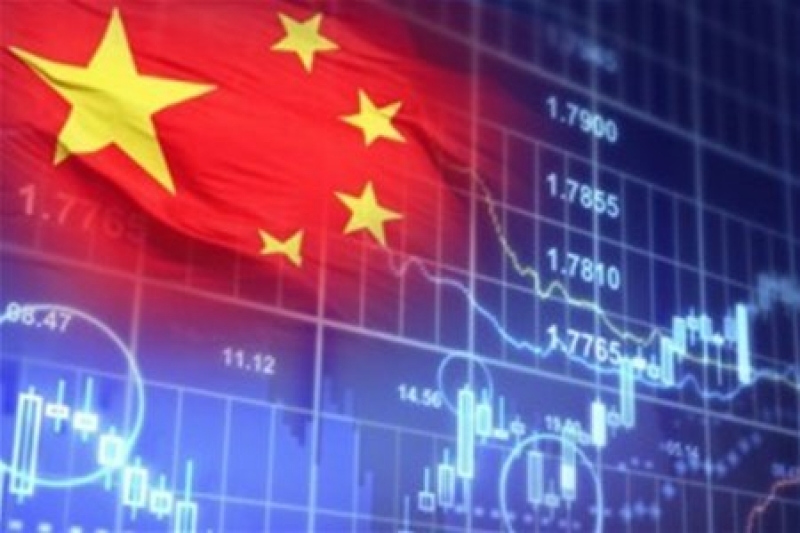China is pursuing economic cooperation in the Asia-Pacific in the spirit of reform and innovation, and making efforts to help shape the region’s bright future.
Addressing the APEC CEO summit in Lima of Peru on Saturday, President Xi Jinpingsuggested boosting reform and innovation to create more internal driving force and called for win-win cooperation to forge strong partnerships.
Observers say China plays a crucial role in the APEC meeting, which features the theme “Quality Growth and Human Development,” and in the future of Asia-Pacific economic cooperation.
China’s development offers opportunity to both the Asia-Pacific, which accounts for 40 percent of the world population, around half of world trade, and 57 percent of global GDP, and the rest of the world.
The nation’s GDP exceeded 10 trillion U.S. dollars in 2015 with a foreign trade volume of about 4 trillion dollars. Such large volumes have had a huge spillover effect.
A case in point is the Belt and Road Initiative, which allows participating countries to benefit from China’s rapid growth.
As one of the world’s biggest industrial powers, the nation has exported industrialization to other developing countries and developed new technology in cooperation with developed countries — an example of mutual benefit and quality growth.
China, the world’s largest handset market, presented its leading cellphone technology at the third World Internet Conference, which closed Friday in Wuzhen in east China’s Zhejiang Province.
It took ten years and a multi-national research team to design the next-generation chipset Kirin 960, which provides faster processing speed, more secure payment channels, better entertainment experience, and cameras that better replicate the human eye’s vision, according to Ai Wei, vice president of Huawei.
Introducing the next-generation cellphone technology, Ai compared it to an eye that helps people see the world clearer and better.
China has also provided international public goods, both tangible and intangible, in a time of weak global economic recovery.
The nation is actively pushing forward the building of a Free Trade Area of the Asia-Pacific (FTAAP), a strategic initiative that is critical for the long-term prosperity of the Asia-Pacific region and an institutional mechanism that will ensure an open economy in the region.
The most important thing is that China offers a sustainable and inclusive development philosophy, or development ideas with universal significance and Chinese characteristics, said Ma Yao, a researcher with the Shanghai International Studies University.
Last but not least, China is indispensable to global economic governance.
Since China’s reform and opening up, flows of commodities, capital and people have surged across the nation’s border. The development of China’s overseas interests has not only been driven by the nation’s internal economic and social growth, but is a result of increasing international exchanges and accelerated globalization.
With increasing international challenges, such as the fragmentation of free trade arrangements, there have been calls for stronger global economic governance. President Xi made it clear on Saturday that any regional trade arrangement must be open, inclusive and beneficial to all.
